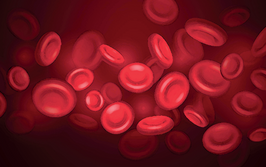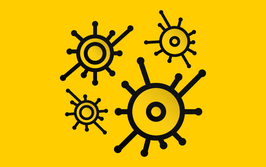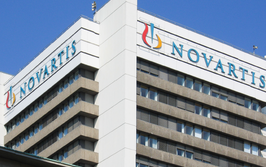Review of nanoparticle size and concentration analysis in gold colloid applications

contributed by Malvern Panalytical |
Gold Nanoparticle Applications and Characterization by Nanoparticle Tracking Analysis
Review of nanoparticle size and concentration analysis in gold colloid applications
Introduction
Gold nanoparticles are one of the most popular and extensively researched type of nanoparticle. A Google Scholar search of the term “gold nanoparticles” results in over 500,000 hits. Applications range from the biological to the material, and include nanomedicine, drug delivery, cancer diagnostics, biological scaffolds, biosensors, contrast agents, catalysts, and CMP slurries for the manufacturing of microprocessors [1].
This wide ranging application space is made possible by their versatile optical properties, compatibility with a variety of surface chemistries, and their wellstudied synthesis and preparation.
Common characterization tools include transmission or scanning electron microscopy (TEM/SEM), dynamic light scattering (DLS), and Ultra Violet-Visible absorbance (UV-Vis). These tools provide a high degree of information. For example, UV-Vis can be used to measure shifts in the surface plasmon resonance absorbance to monitor surface conjugation and aggregation state, but provides little direct information about particle size. TEM and SEM can provide extremely high resolution images for size and shape determination, but requires extensive sample preparation and cannot analyze particles in suspension. DLS is a ubiquitous technique to rapidly measure particle size, but it cannot measure particle concentration and lacks the resolution to resolve multiple populations of similarly sized particles. These are important characterization tools, but ultimately are limited in that they cannot provide high resolution size distributions or particle concentrations of colloidal particles in solution.
Log in or register to read this article in full and gain access to The Medicine Maker’s entire content archive. It’s FREE!



















